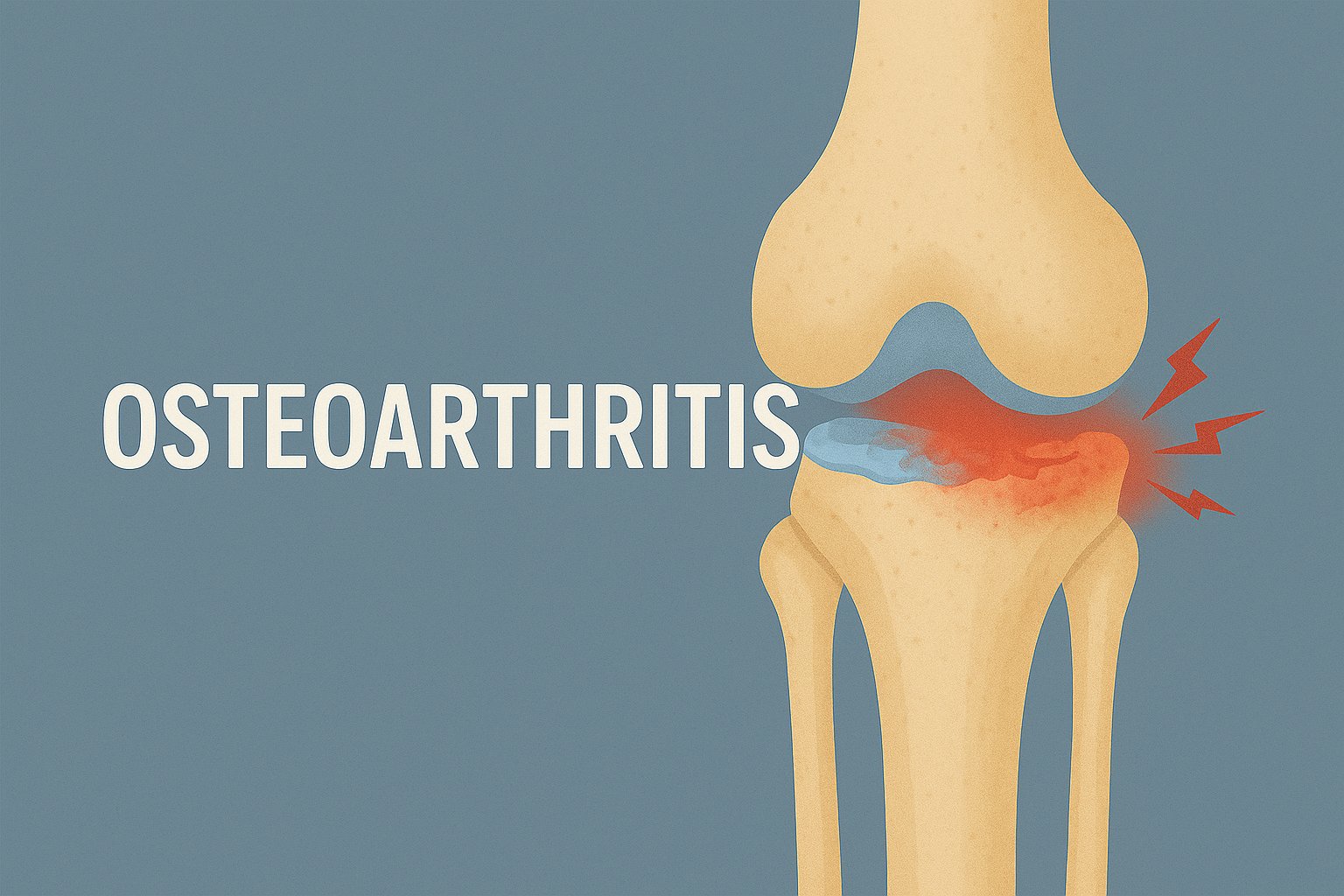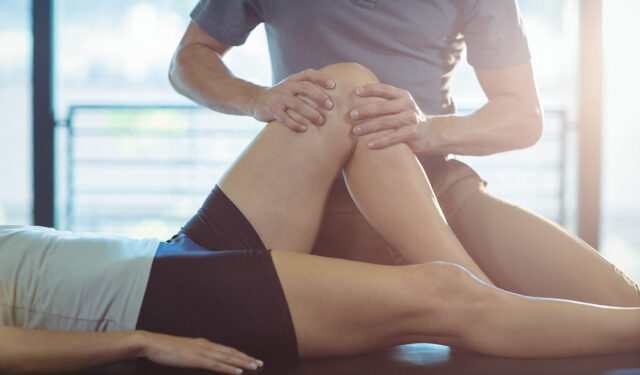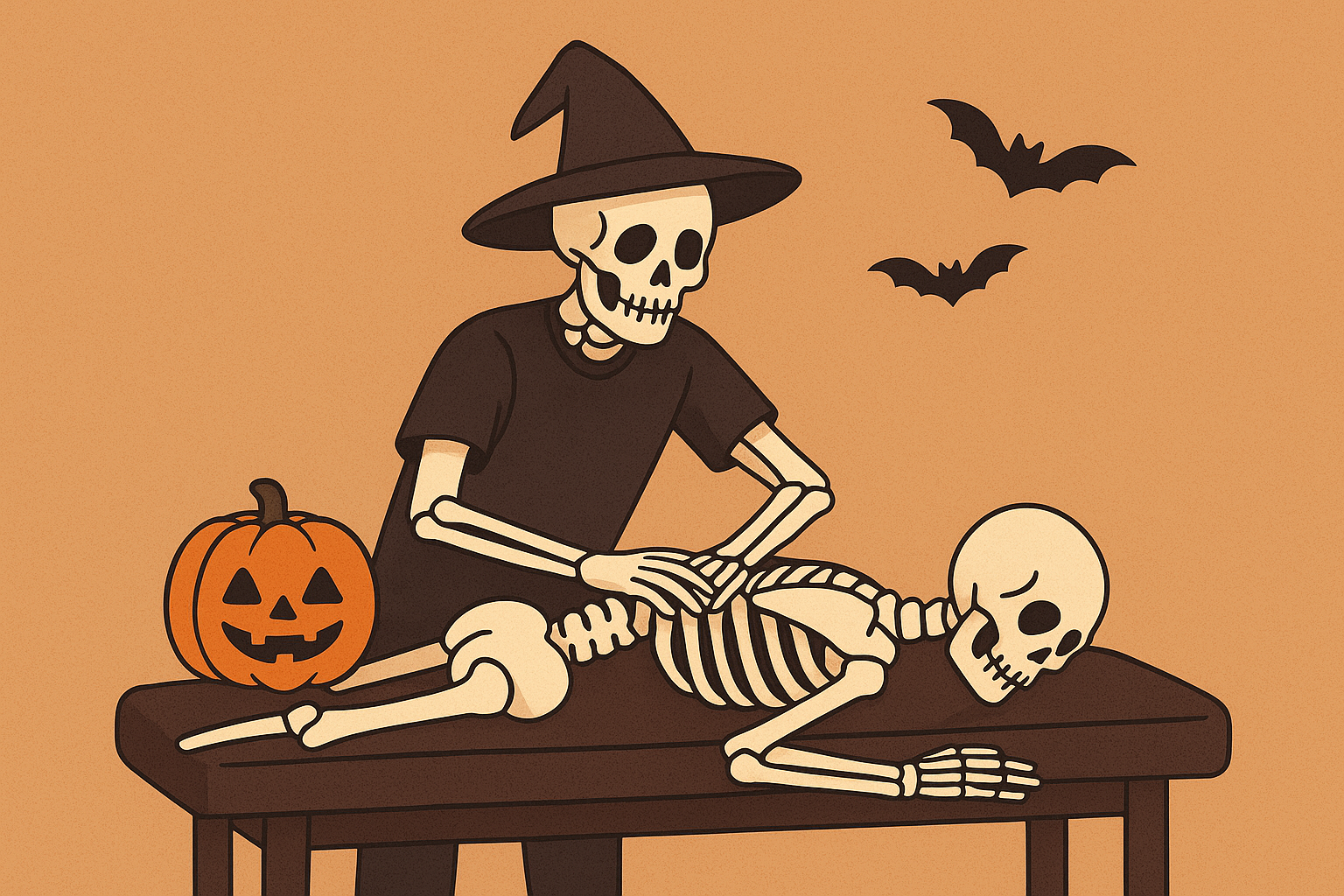Why Does Patello-Femoral Pain Happen?
The patella is a small, movable bone that rests between the femur and tibia. It acts as a mechanical lever for the quadriceps muscle, which straightens the knee.
A layer of smooth cartilage under the kneecap allows it to glide easily over the femur. Ideally, the patella sits in the center of a groove in the femur and tracks smoothly during movement. Poor alignment or repetitive stress can damage this cartilage and trigger inflammation and pain.
Why do we get Patello-Femoral Pain?
Several factors can lead to poor patella tracking and pain:
Muscle Imbalance
Muscles such as the vastus medialis obliquus (VMO) and vastus lateralis help the patella stay aligned. If one muscle becomes stronger or tighter than the other, the kneecap may shift out of place.
Abnormal Q-Angle
The Q-angle is the angle formed between the thigh and lower leg. A high Q-angle, more common in women, increases the risk of tracking issues.
Hip and Foot Issues
Weak hip abductors (e.g., gluteus medius) allow the knee to rotate inward during movement. Overpronation—when the foot rolls inward too much—also increases stress on the knee.
Other Contributing Factors
Excess body weight or heavy equipment
Congenital variations in kneecap shape or position
Scar tissue from old injuries
Poor movement techniques during sports
Worn or unsupportive footwear
Orthotics (shoe inserts) may help by correcting foot alignment and reducing stress on the knees.
How Do Chiropractors Treat Patello-Femoral Pain?
Chiropractors focus on identifying and correcting the root cause of the problem, not just the symptoms. Treatment typically includes:
Comprehensive Assessment
We examine the entire lower limb, spine, pelvis, and feet. This helps us identify any imbalances, joint restrictions, or muscle weaknesses contributing to the condition.
Hands-On Treatment
We use precise chiropractic techniques such as joint manipulation and mobilization to restore normal movement in the knee and surrounding joints.
Soft Tissue Therapies
Modalities like ultrasound, laser, and interferential therapy help reduce inflammation and speed up healing.
Exercise and Rehabilitation
We introduce appropriate exercises early in the treatment to prevent muscle weakness. As pain decreases, we gradually increase the intensity of rehabilitation exercises to restore strength and function.
Equipment and Lifestyle Advice
We’ll guide you on proper movement techniques, equipment adjustments, and may recommend orthotics if necessary. In some cases, knee bracing or taping helps stabilize the joint during recovery.
How Long Will Recovery Take?
There’s no exact timeline for healing, as it depends on:
The severity and duration of the condition
Your overall health and ability to heal
Your consistency with treatment and rehabilitation
Early intervention often leads to faster recovery. Ignoring the symptoms increases the risk of long-term damage or osteoarthritis.
Don’t Wait—Act Early
Patello-femoral pain can significantly impact your daily life. But with the right care and guidance, recovery is very achievable. If you’re experiencing knee discomfort, don’t delay. Get assessed and start your path to healing today.
Call us now or contact us online to schedule your consultation.



